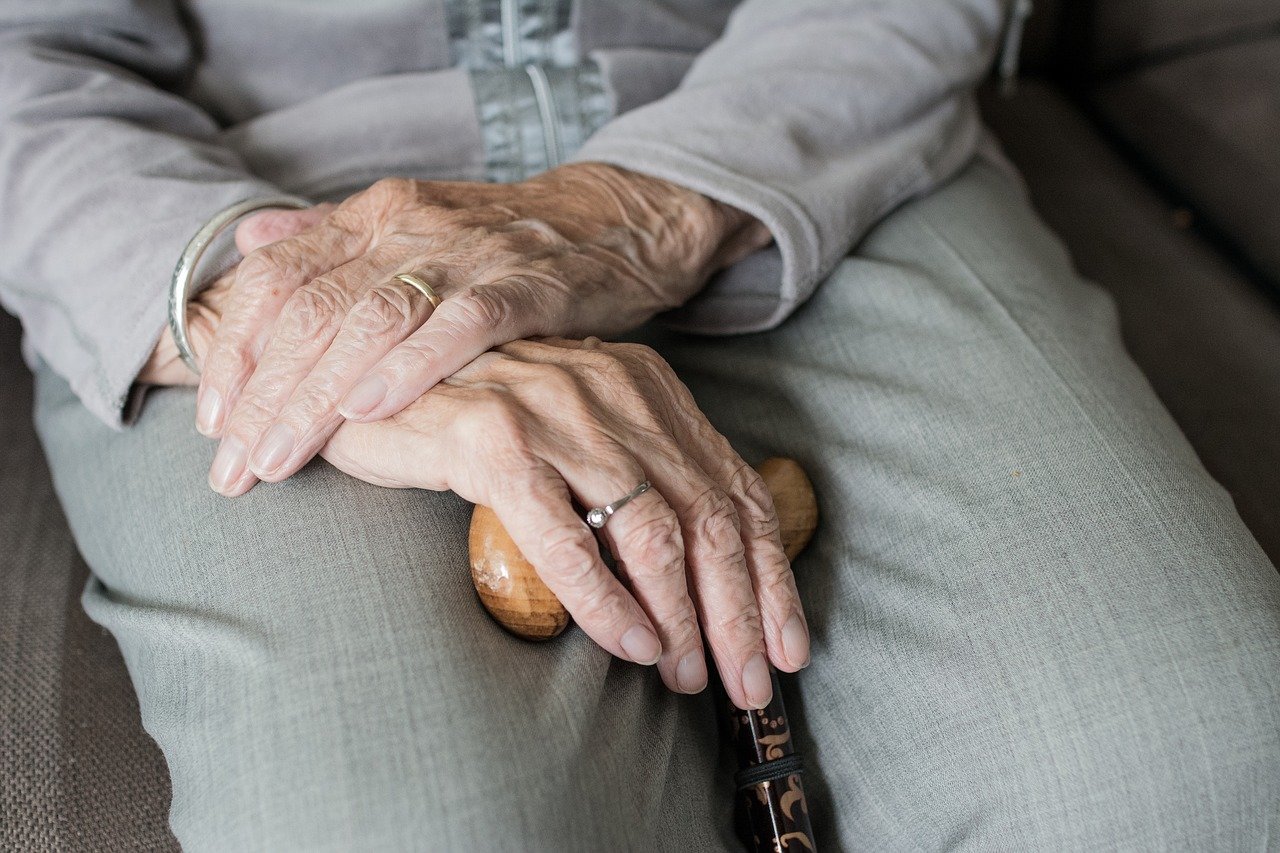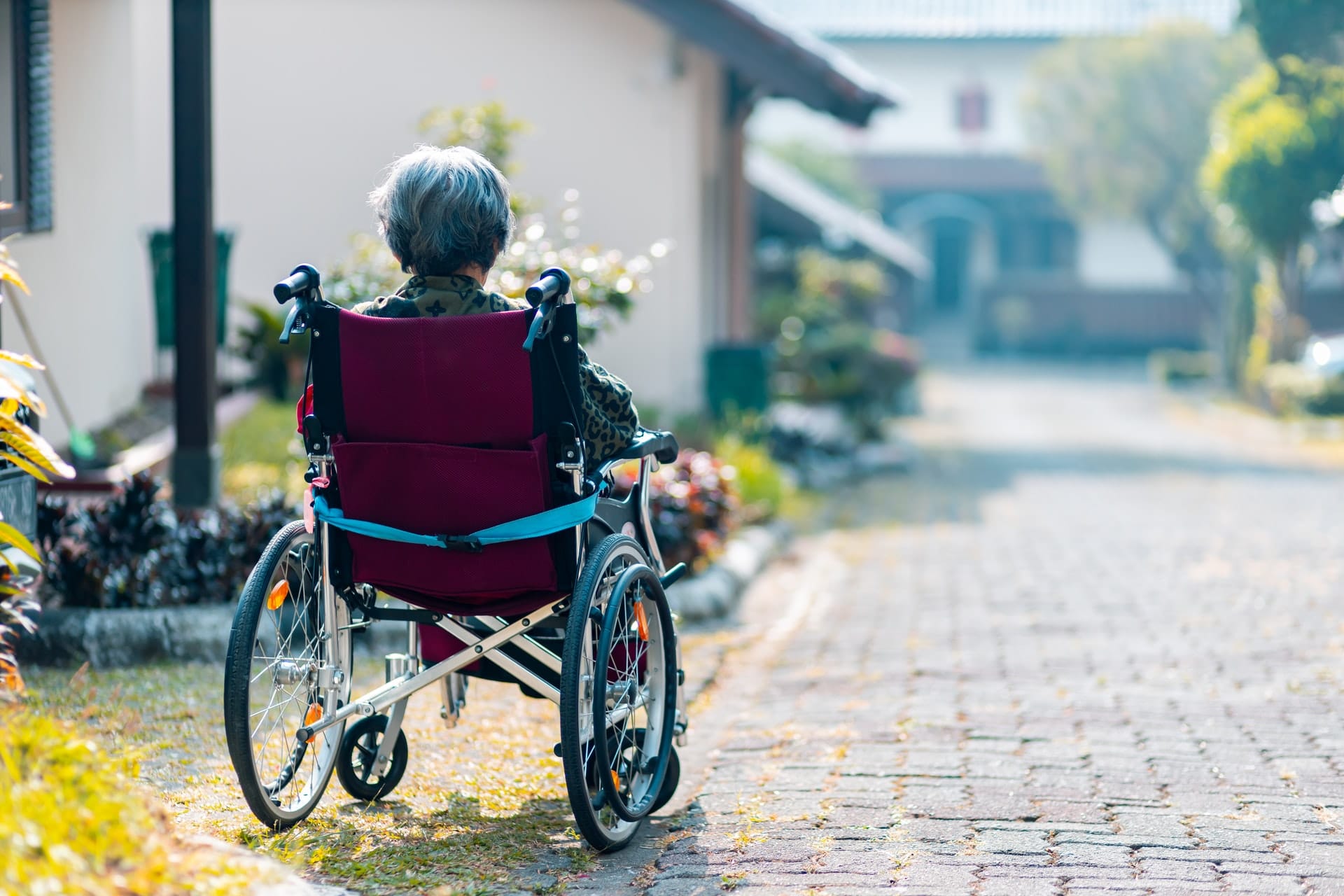
How long do people receive hospice care?
This article has been medically reviewed by Dr. Martin Duggan in 2021.
This content is not intended to be a substitute for professional medical advice, diagnosis, or treatment. Always seek the advice of your physician or another qualified health provider with any questions you may have regarding a medical condition.
Hospice care may be a key part of your loved one’s well-being during their final months of life. Given that patients have only months left to live, hospice is focused on relieving pain, prioritizing comfort and supporting the patient’s family as needed. Often, we have preconceived notions about what hospice is and what is it intended for. Let’s go over expectations for hospice care, including how long hospice stays are, so you can have a better sense of how to prepare.
About hospice care
How do patients qualify for hospice care?
Hospice care includes a wide range of patients with different conditions. The qualifying condition is that a doctor determines the patient’s life expectancy will likely be 6 months or less. Hospice services may last much longer than 6 months if a patient continues to live. After a certain amount of time has passed, a doctor may reassess the patient to determine whether the patient still meets the criteria.
Does Medicare pay for hospice care?
While hospice care is generally covered by Medicare, keep in mind that you’ll need a doctor’s certification that you’re terminally ill. While Medicare usually covers hospice, there are some related costs that aren’t covered, including:
- Room and board in care facilities
- Treatment/drugs related to curing your illness
- Care not coordinated by the hospice team
In other words, you won’t pay for the medical care you receive during your hospice stay, though other amenities may be chargeable.
What are typical signs that it’s time for hospice care?
Knowing when to call hospice can be a difficult decision. However, you may notice that hospice care may be on the horizon for your loved one if you’ve noticed these signs. This isn’t an exhaustive list, but rather some of the most common symptoms of decline:
- Frequent hospitalizations
- Recurrent infections
- Oxygen dependency
- Weakness and fatigue
- Weight loss and loss of appetite
- Inability to perform ADLs
- Decline in condition
- Decline in mental abilities
- Increasing levels of pain
At the same time, patients suffering from these symptoms may express interest in no longer receiving treatment or staying at a hospital. If this is the case, it may be time to consider transitioning to hospice.
How long do people stay in hospice care?
While doctors predict that hospice patients have six months or less to live, the length of hospice stays varies greatly. According to the National Hospice and Palliative Care Organization, the average stay is 76.1 days, while the median stay is 24 days. This shows that the length of stay depends a great deal.
The length of a hospice stay is often a factor of a patient’s condition. For example, patients with dementia often showed the longest average stays at about 110 days, while those with chronic kidney disease had average stays of 38 days.
Of course, the length of a hospice stay will also depend on each individual patient.
What conditions do patients typically have during hospice care?
Patients in hospice have long-term chronic conditions. The most common ones include ALS, cancer, dementia, heart disease, HIV, kidney disease, liver disease, lung disease, Parkinson’s disease, MS, stroke, and coma.
Sometimes patients will also have more than one chronic condition. This is called having co-morbidities and may also influence how long the patient stays in hospice.
Are patients ever discharged from hospice care?
Surprisingly, yes. A small fraction of patients is discharged from hospice because they defy the odds and get well again, or because they have decided to start receiving treatment again.
More about hospice care
What type of care is provided during hospice?
Hospice care provides a full range of care and therapies focused on comfortable and pain-free end-of-life. Treatment for conditions isn’t typically administered because end-of-life is near. However, other therapies may be provided as part of holistic care:
- pain relief
- physical and rehabilitation therapy
- pain-related therapy (such as massage)
- respite care
- bereavement care
Your hospice provider may also issue a hospice comfort kit, which contains key medications to help deal with pain, uncomfortable symptoms or emergencies near end-of-life. The full range of services available will depend on the hospice provider.
Does the patient’s family receive any care?
Generally speaking, spiritual and bereavement care is provided to the patient’s family. Depending on the hospice provider, this may also involve social services, a death doula or other related psychological help.
Can my loved one get hospice care at home?
Yes, hospice care can be provided at home or at a care facility. This will depend on the patient’s wishes, as well as the availability of services. On average, about 40% of hospice patients are provided care in their own homes. Home hospice is also more affordable on average.
Is home hospice care or facility hospice care best?
The decision between home or facility hospice care will depend on every family’s needs and every patient’s wishes. Home hospice often allows the patient comfort and peace of mind of being in a familiar environment. It’s also more affordable than 24/7 facility care.
Of course, hospice at a facility is also a good choice if your loved one needs that extra attention. In particular, if your loved one doesn’t own their home or have a strong connection to it, the care facility may be a more welcoming option.
About end-of-life signs symptoms
If your loved one is in hospice care, you may notice certain signs of end of life. For example, terminal agitation is a commonly cited symptom.
A person near death will experience changes in their physical and emotional well-being. Some signs include:
- Physical changes including loss of appetite, weight loss, more sleep than usual, incontinence, cold hands and feet, drop in body temperature and blood pressure.
- Breathing changes, including the “death rattle,” periods of rapid breathing, coughing or noisy breathing.
- Emotional changes such as withdrawal from loved ones, unresponsive periods or terminal restlessness. They may also experience hallucinations and delusions.
Finding the right hospice care provider
Finding the right hospice care provider isn’t as hard as you may think. You can start your search on My Caring Plan by clicking on Hospice care.
At the same time, if you need more information about hospice or senior care in general, you should take a look at our senior resource center. You’ll get everything you need to guide your decision-making about end-of-life, hospice and more.
Sources:
- Hospice Care, NHS, www.nhs.uk
Related Articles

When Is It Time for Assisted Living?
Wondering if it is time for assisted living for your loved one is a common question for caregivers. As a caregiver, you might have been considering the question for months or possibly even years. Your loved one might have declined to continue the discussion as the thought of moving out of their family home and […]

All About Adult Day Care: Community and Costs
Adult day care is a fairly new concept for caregivers. The basic idea is to provide a secure place where seniors can enjoy social activities during the day and be provided nursing care as needed. It’s a hybrid model of eldercare that prioritizes community. At the same time, seniors get help with common custodial tasks […]

An Overview of Senior Rehabilitation Centers
Recovering from injury or illness in your golden years may take time and support. That’s where senior rehabilitation centers become essential. If you need a temporary stay to recover from injury or illness, senior rehabilitation centers can be the solution to get expert care and daily support. In this article, we’ll give you an overview […]

A Caregiver’s Guide to ADLs and IADLs
This article has been medically reviewed by Dr. Martin Duggan in 2021. This content is not intended to be a substitute for professional medical advice, diagnosis, or treatment. Always seek the advice of your physician or another qualified health provider with any questions you may have regarding a medical condition. As a family caregiver, your […]

What is a Mechanical Soft Diet? Explanation, Preparation, and Meal Ideas
This article has been medically reviewed by Dr. Martin Duggan in 2021. This content is not intended to be a substitute for professional medical advice, diagnosis, or treatment. Always seek the advice of your physician or another qualified health provider with any questions you may have regarding a medical condition. As a caregiver, you may […]

Benefits for Seniors with Disabilities
Oftentimes, seniors with disabilities qualify for health and financial assistance programs. However, they may be unaware of them or are confused about the eligibility requirements and enrollment process. Let’s go over the key programs for seniors with disabilities so that you have the information you need to get the benefits you deserve. Note on the 3 […]